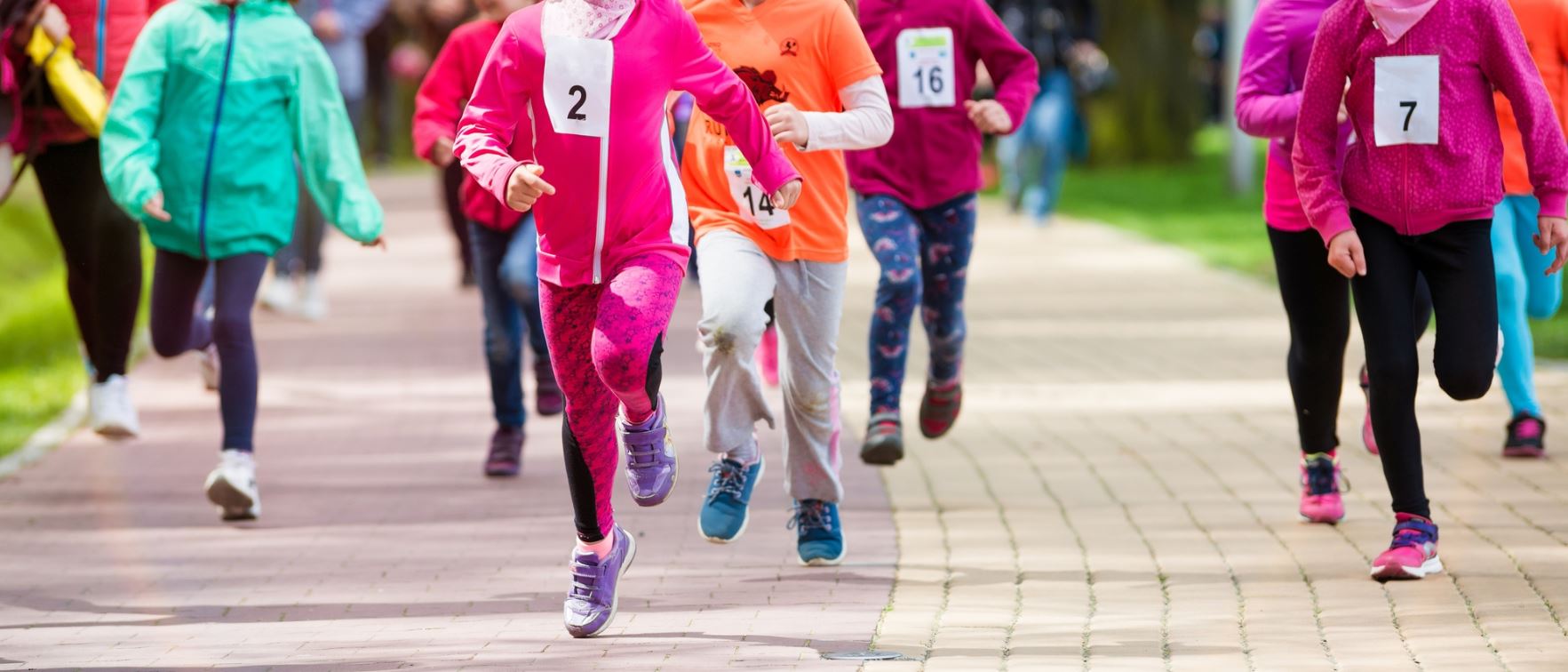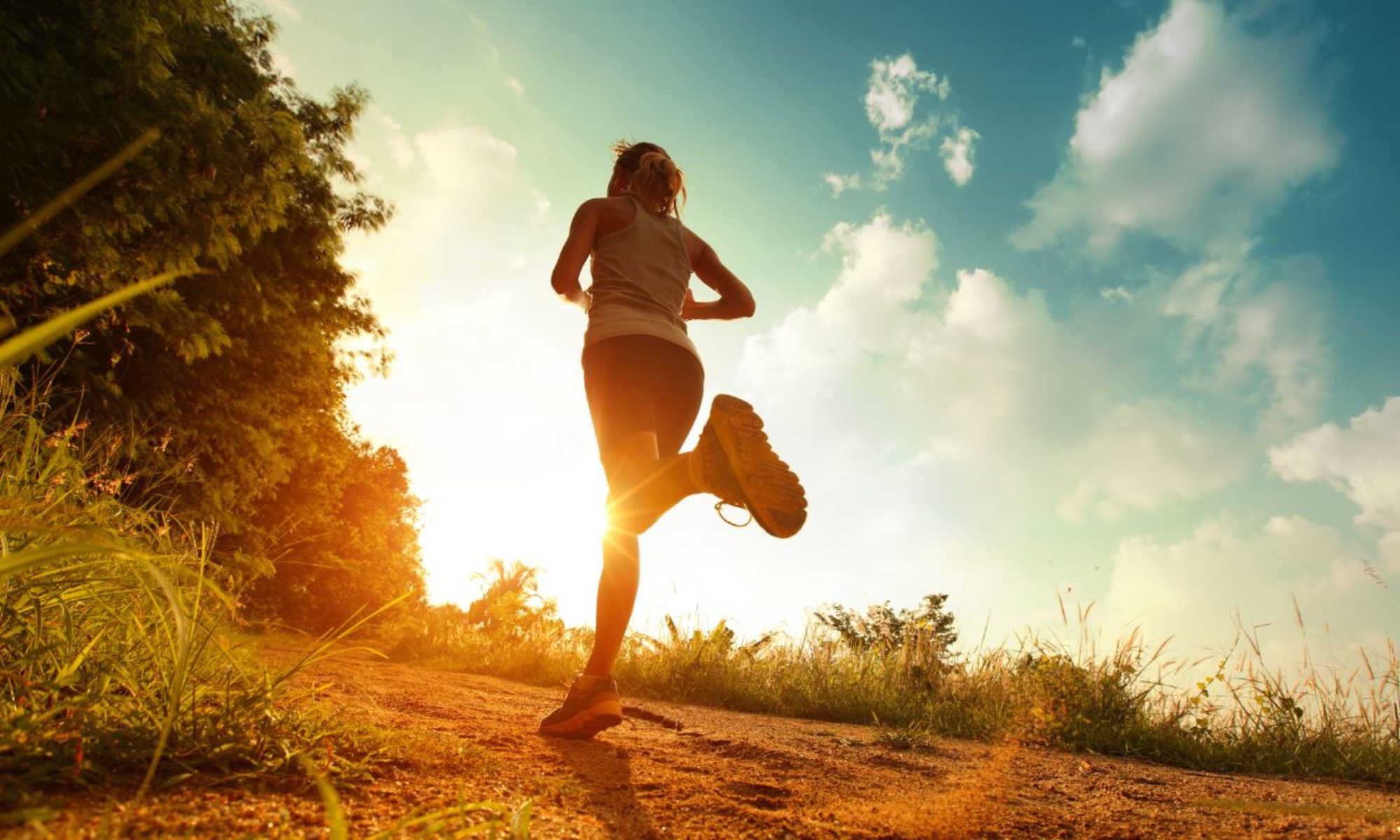
The growing bones in children are susceptible to injury if too much load gets applied to them too soon and the bones are not given time to adapt to loads. Generally at the ends of each bone are cartilage growth areas that growth occurs at. It is this softer cartilage area that is prone to damage. Problems with these growth plates tend to be more common in those who are more active or are heavier. All of these problems come right on there own when growth in the bone is completed and the cartilage growth area merges with the rest of the bone.
Osgood-Schlatter Disease:
This is the growth injury at the front and top of the tibia bone just below the knee cap. It occurs where the tendon from the knee cap insert into the tibia bone. The insertion area can become swollen, tender and a small hard lump can appear. It is usually very painful on activity and especially when climbing stairs. The treatment of Osgood-Schlatter Disease is usually with a reduction of activity to within pain levels and the use of ice after activity to help with the pain. Stretching and strengthening exercises are also often used.
Severs Disease:
This is an injury to a growth area at the back of the heel bone that is more appropriately named calcaneal apophysitis. The symptoms of Sever’s is pain at the back and sides of the heel bone, especially if you squeeze the bone from the sides. It is usually more painful after activity. The best way to deal with Severs disease is to reduce activity levels to tolerable levels, use ice after activity.
Kohlers Disease:
The is a damage to the growing navicular bone in the foot with the pain being typically felt on the top of the foot, just in front of the ankle joint. It commonly affects younger children. A typical sign of Kohler’s Disease is that on x-ray the bone is very thin. This is more serious than the other types of growth injuries and can have long term consequences, so these are typically placed in a walking cast to immobilize the foot.
